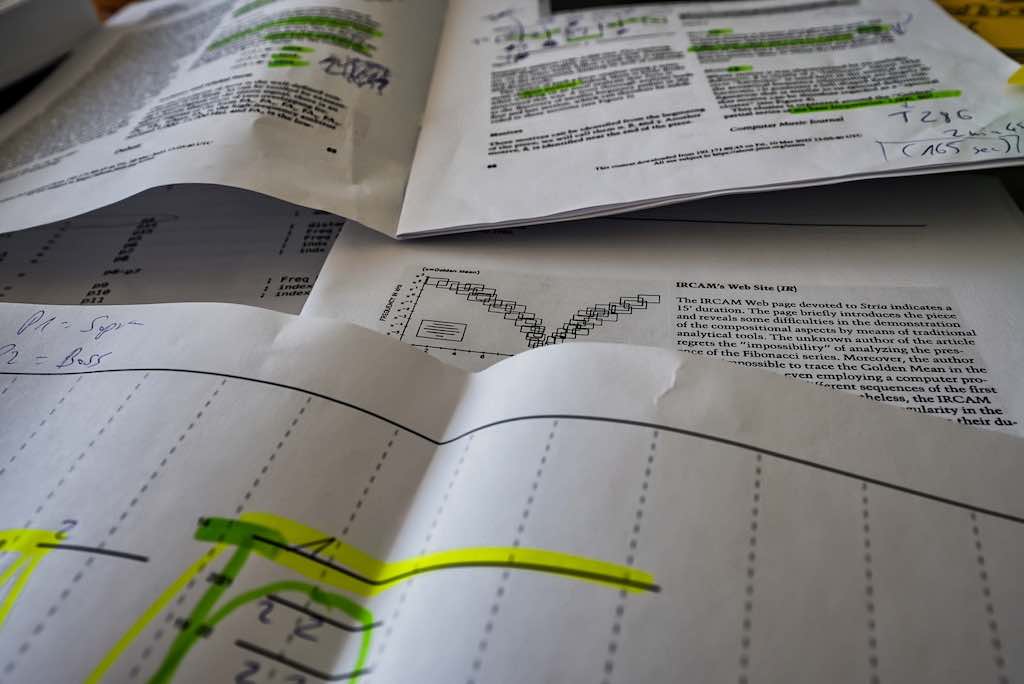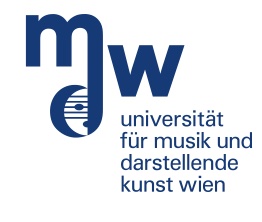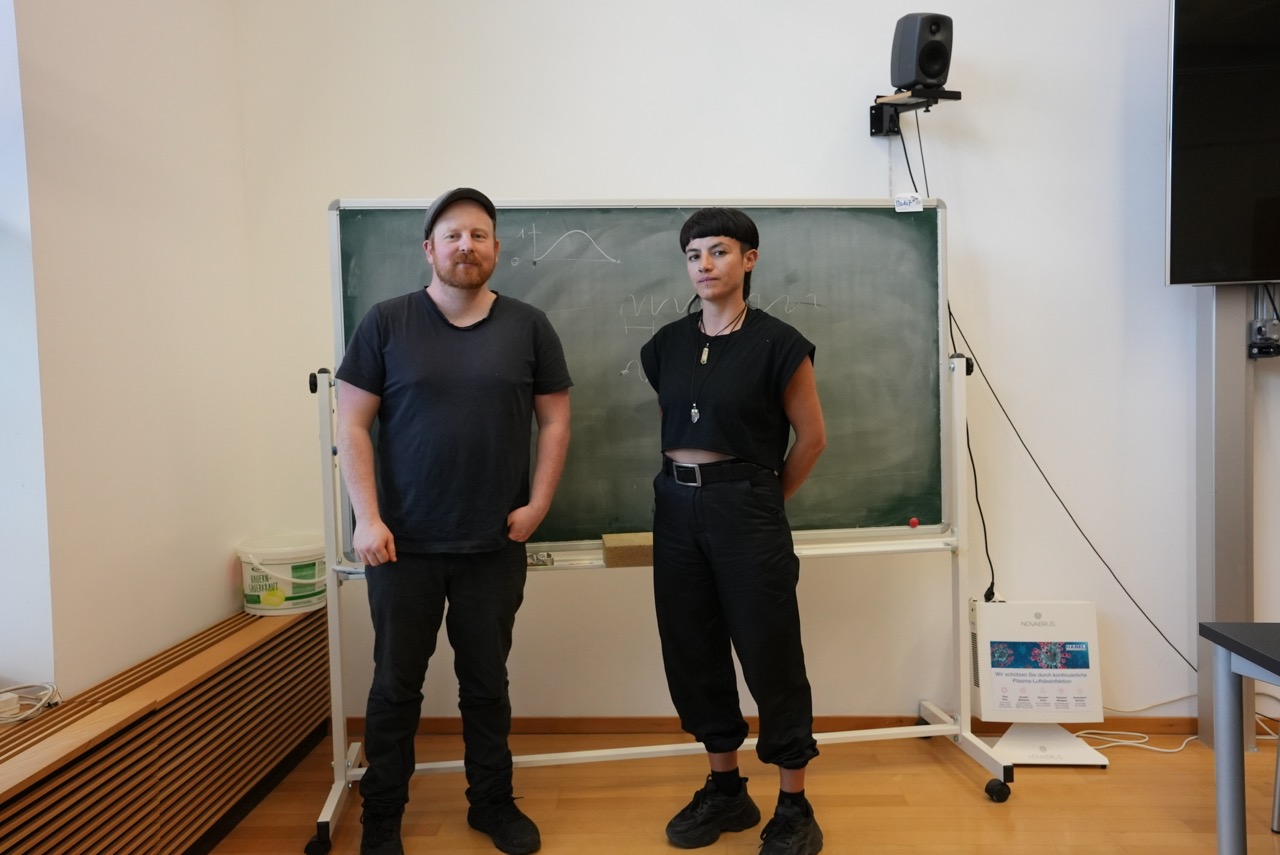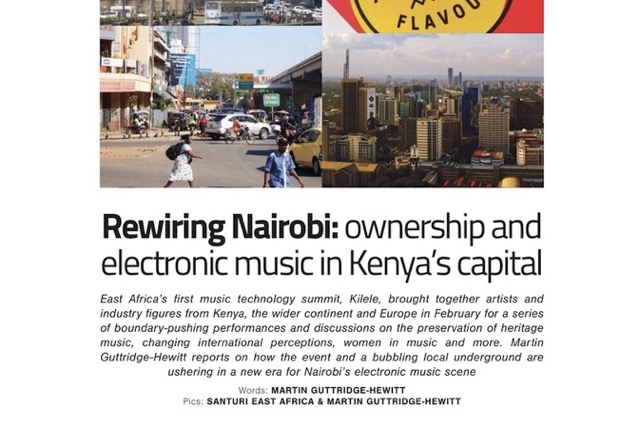Vintage Materialities in Music: 28.-30.6.2023
Written on April 2nd , 2023 by AH
Dustin Zorn and Alex Hofmann will present a study on “Exploring interpretations of algorithmic compositions as live electronic performances: A Case Study of Chowning’s Stria” at the three-day international conference (28.-30.6.23) “Vintage Materialities in Music” at the Orpheus Instituut.
Abstract:
The sterile aesthetics of an algorithmic electro-acoustic composition, with its nuanced modulations of spectra and its ever the same precision of the sound events characterizes vintage computer music from the 1950s onwards. With the aim to introduce a live performance perspective for this music, we embrace the imprecision and fragility of human interaction with the sound material that has its original aesthetics from mathematical precision. By destabilizing this precision, we experiment with giving the compositions the opportunity to be situational varied, as well as we are introducing the risk of failures during performance. This raises the questions: What is at the core of the composition, the original data or a musically recognizable form? Are those separable and to what extend? What can the algorithmic compositions gain from this performative approach, and what gets lost? To this end we are working on performance concepts and live-electronic setups that will allow duo performances of vintage pieces. As a case study, the composition ‚Stria‘ by John Chowning (1977), is performed live, using a shared interface setup that is split up between two interpreters who control the sound synthesis. Through the concept of a duo live performance, the effort and the communication that are necessary to re-enact the piece become visible for the audience and each performance becomes a unique interpretation rather than a staging. In a lecture-recital, we will present the concept, share the process of performance preparation, and perform parts of the piece live.
Affiliation: Department of Music Acoustics (IWK) mdw – University of Music and Performing Arts Vienna This research was supported by the Austrian Science Fund (FWF) under the grant number AR743.



